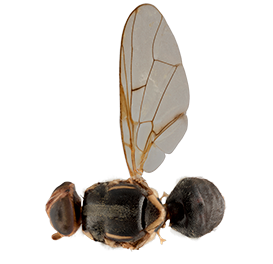Diagnosis
Morphological – adult
Features include:
- medium sized species
- generally small fuscous to dark fuscous facial spots present
- postpronotal lobes yellow except anterodorsal corner black
- notopleura yellow
- scutum glossy black
- mesopleural stripe equal in width to notopleuron
- short lateral postsutural vittae present
- medial postsutural vitta absent
- scutellum yellow with a broad triangular black marking on dorsal surface
- wing with a narrow tint of extremely pale fuscous colouration around costal margin and a narrow fulvous anal streak
- a narrow tint of fuscous colouration around r-m and dm-cu crossveins
- cells bc and c colourless to extremely pale fulvous with microtrichia in outer corner of cell c only
- abdominal terga entirely glossy black
- posterior lobe of male surstylus short
- female with aculeus tip needle shaped (Drew 1989; pers. comm. Drew 2010).
Morphological – larvae
Information not available.
Molecular
PCR-RFLP Test 1
BsrI: Does not cut
HinfI: Does not cut
HhaI: 640, 190
Sau3AI: Does not cut
SnaBI: Does not cut
SspI: 200, 550
Vspl: Does not cut
Approximate ITS1 fragment length – gel: 780 bp
PCR-RFLP Test 2
No fully diagnostic restriction enzymes, but a combination of several can be chosen to distinguish Bactrocera psidii from other Bactrocera and species in other genera.
See Restriction enzyme haplotype chart and Diagnostic restriction patterns.
Gallery
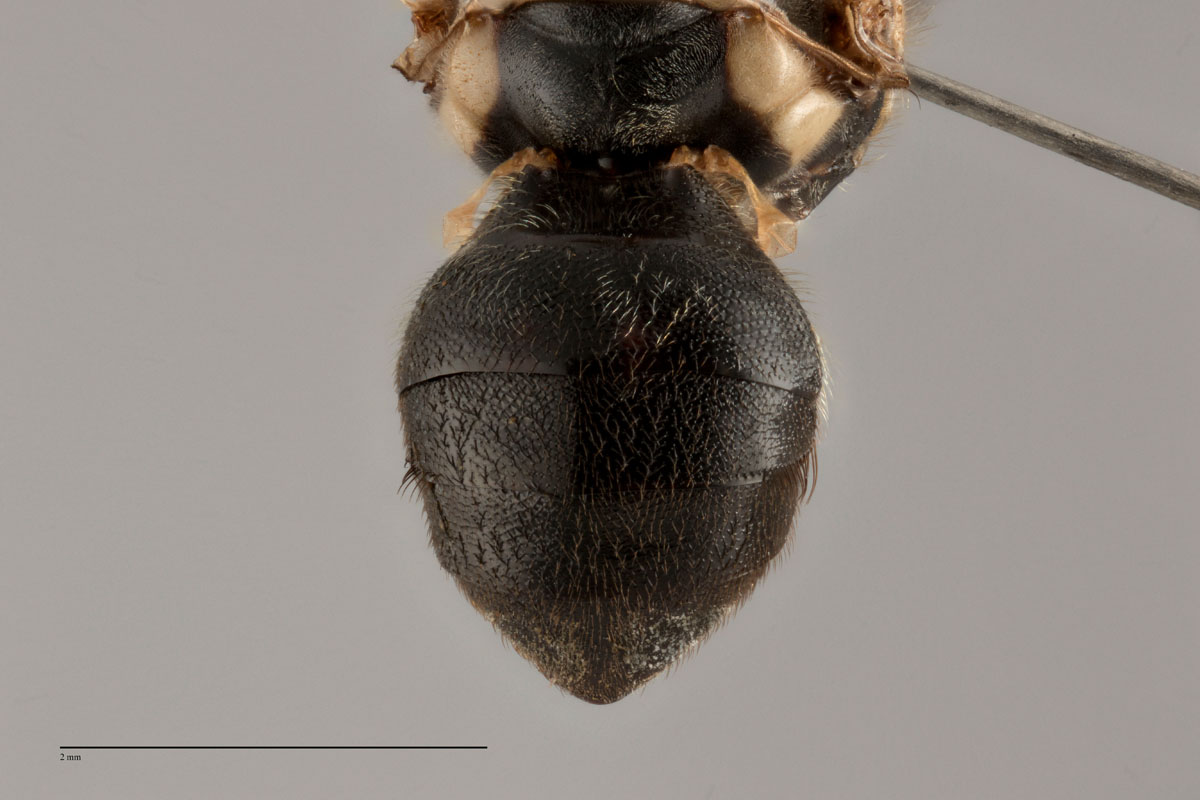 link
linkBactrocera psidii - Abdomen dorsal PSI001 Classic
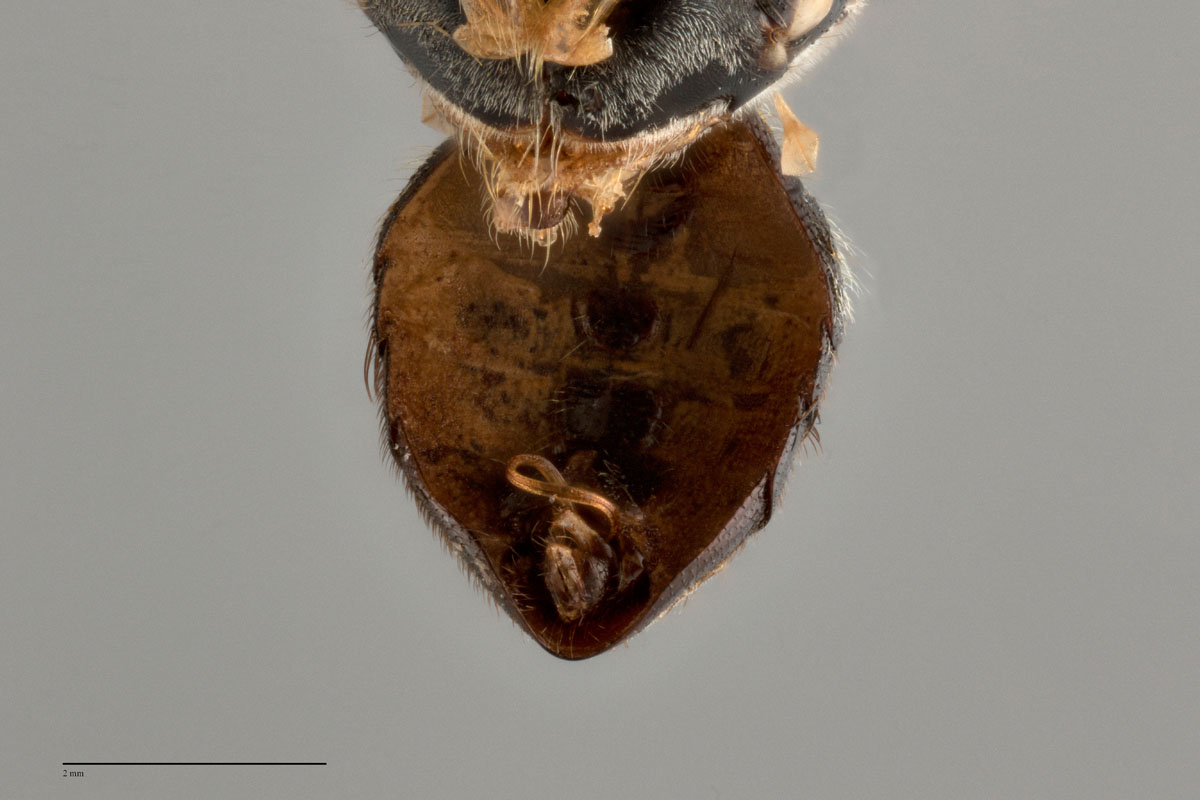 link
linkBactrocera psidii - Abdomen ventral PSI001 Classic
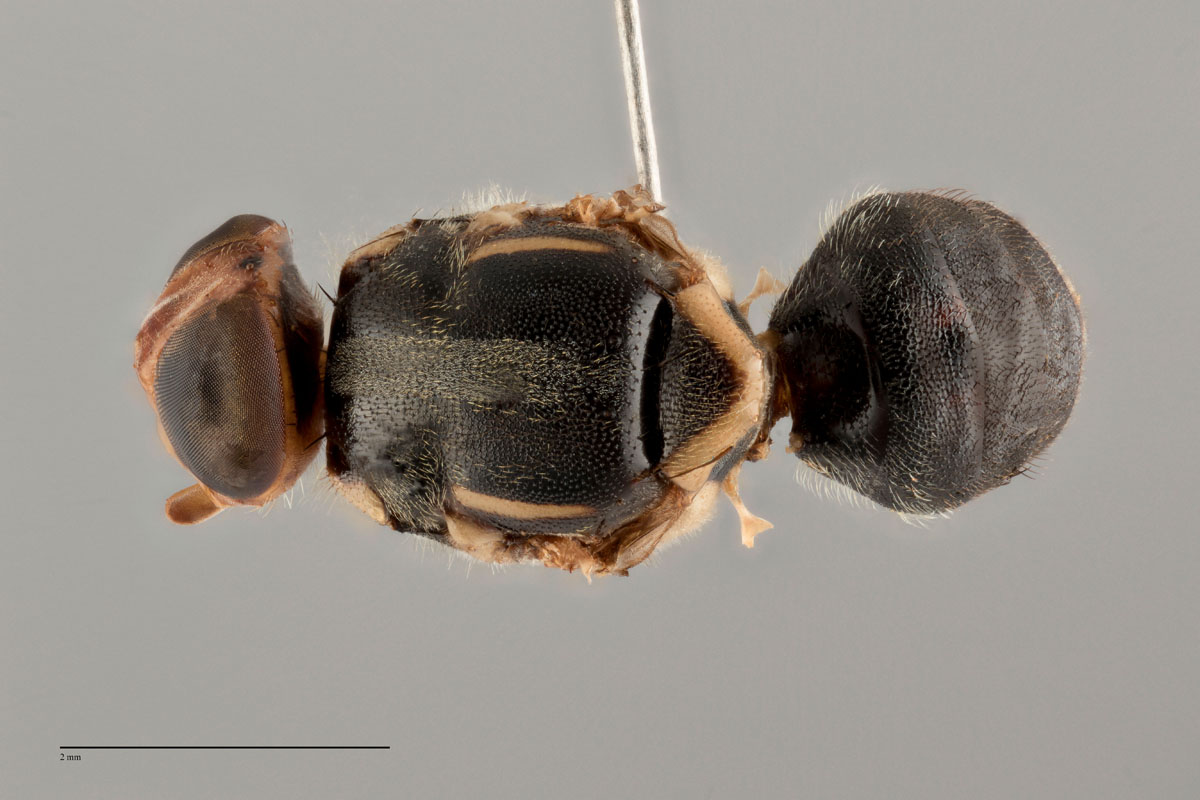 link
linkBactrocera psidii - Entire body dorsal PSI001 Classic
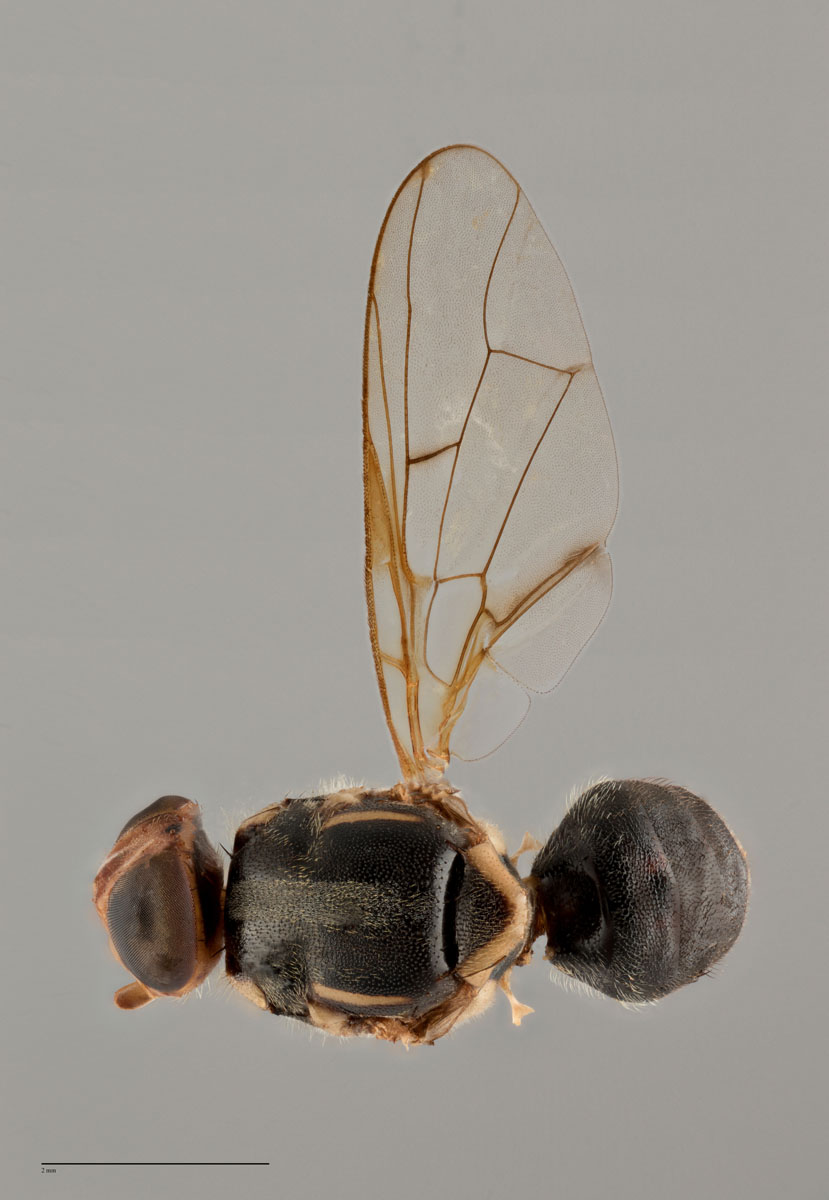 link
linkBactrocera psidii - Entire body dorsal with wing PSI001 Classic
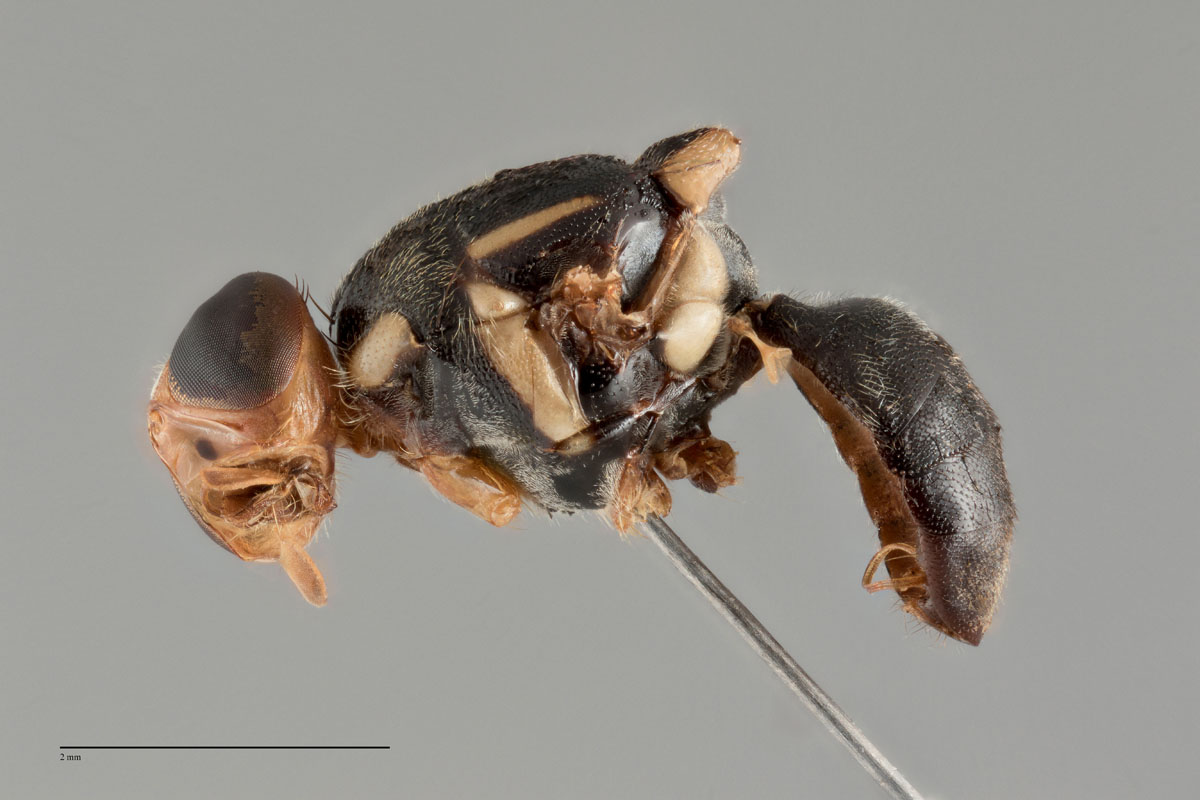 link
linkBactrocera psidii - Entire body lateral PSI001 Classic
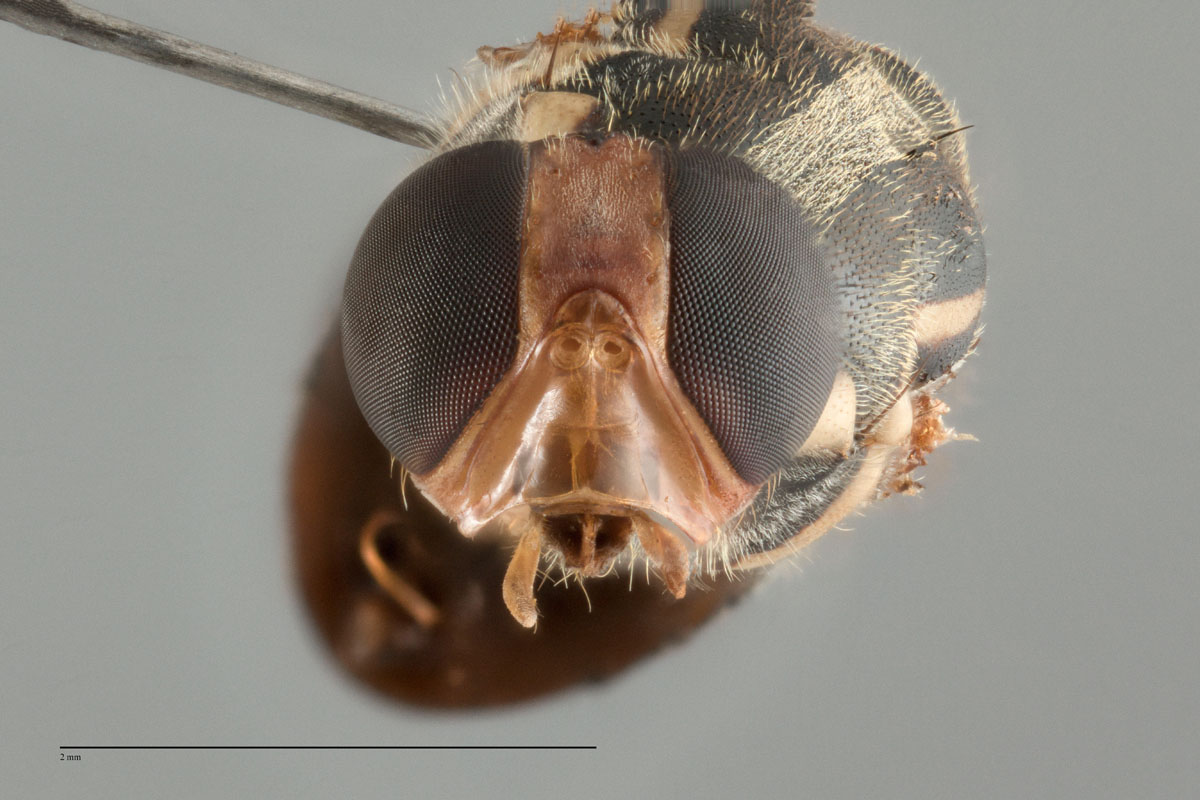 link
linkBactrocera psidii - Head shot PSI001 Classic
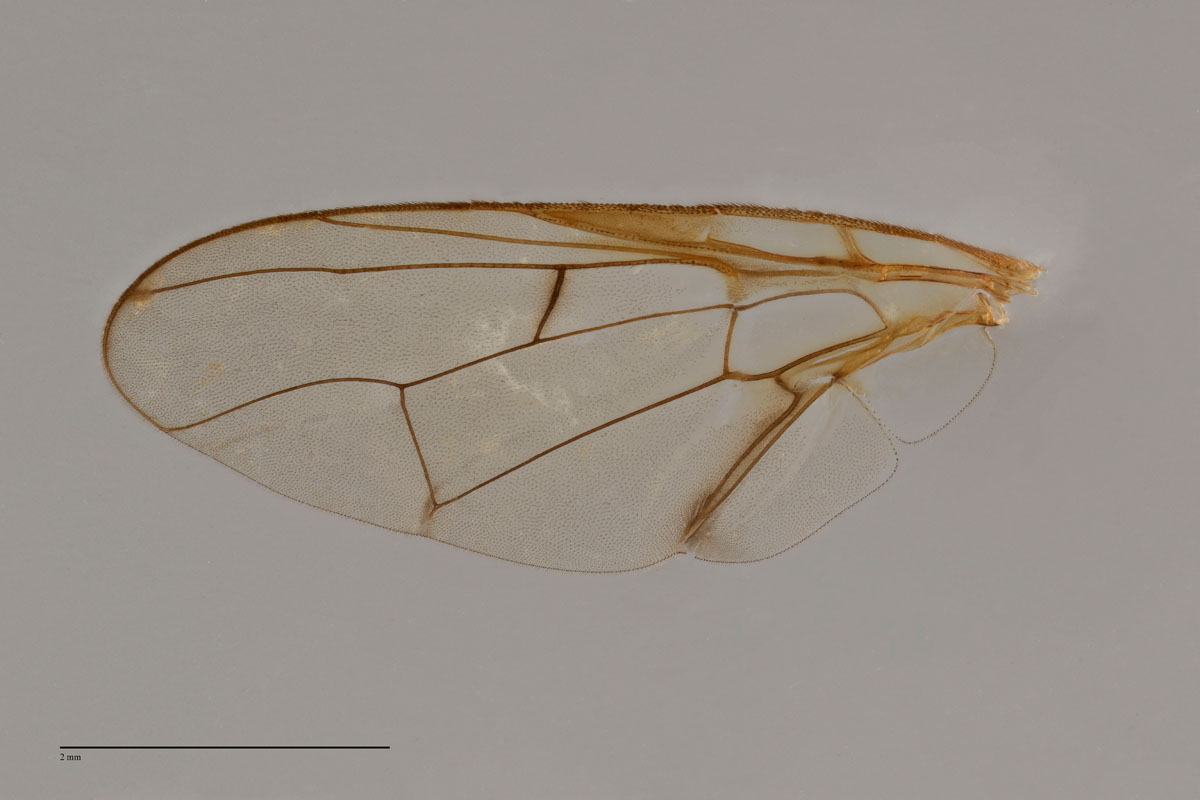 link
linkBactrocera psidii - Left wing PSI001 Classic
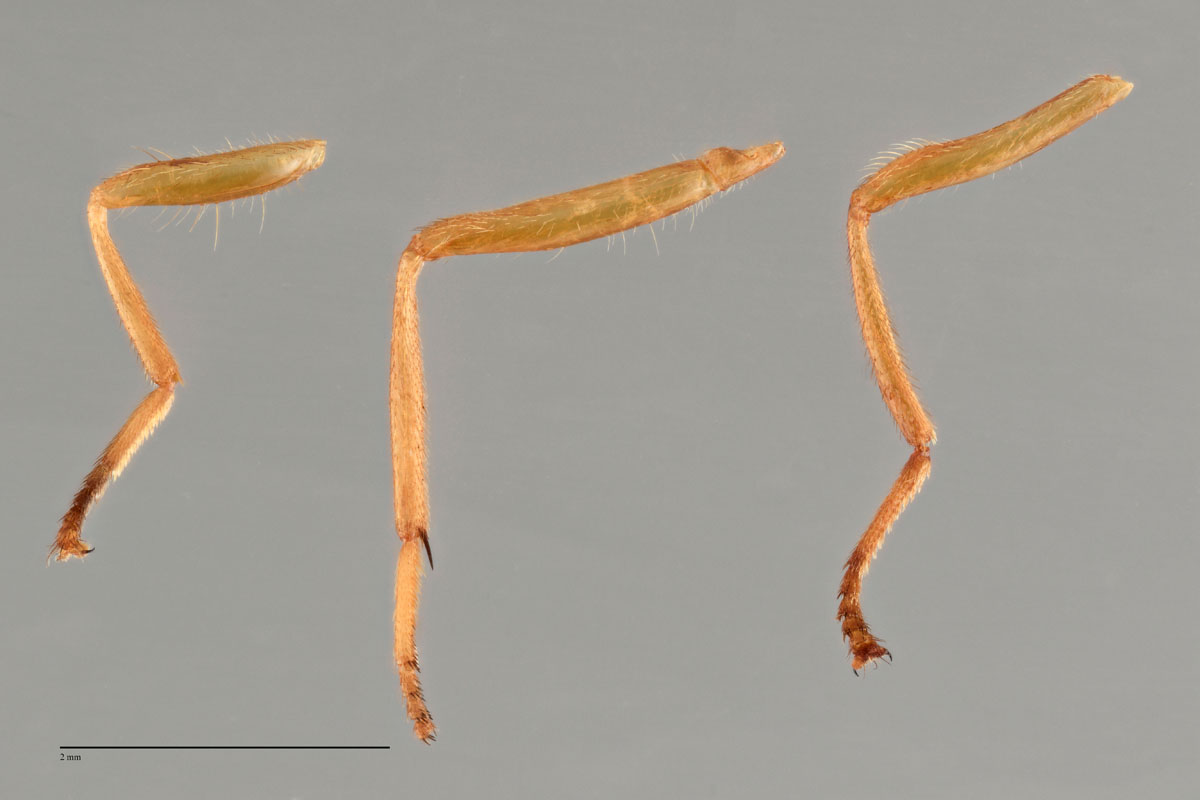 link
linkBactrocera psidii - Legs PSI001 Classic
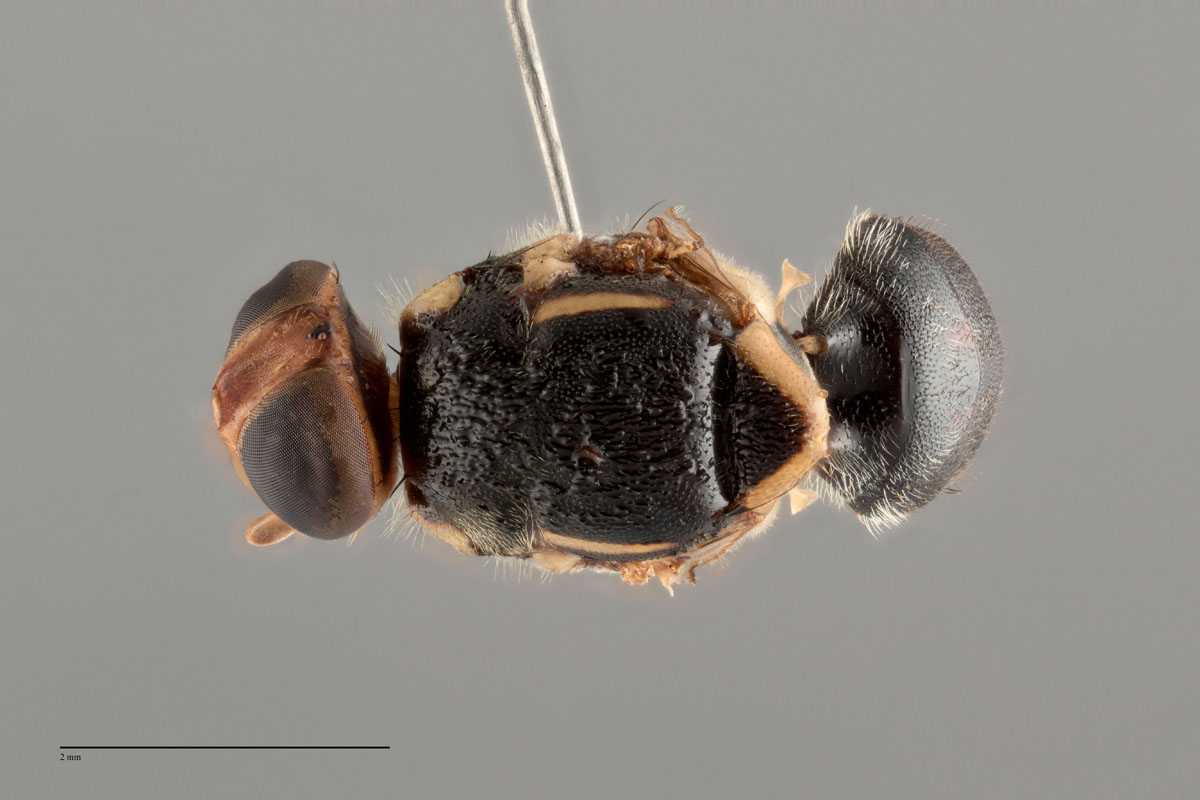 link
linkBactrocera psidii- Scutum pattern PSI001 Classic
Host Range
Bactrocera psidii has been recorded on 31 hosts from 16 families including Anacardiaceae, Annonaceae, Apocynaceae, Caricaceae, Combretaceae, Ebenaceae, Euphorbiaceae, Malpighiaceae, Moraceae, Myrtaceae, Oxalidaceae, Passifloraceae, Punicaceae, Rosaceae, Rutaceae and Vitaceae. Commercial hosts include mango, soursop, custard apple, papaw, persimmon, acerola, mulberry, guava, rose apple, Malay apple, carambola, granadilla and plum (Leblanc et al. 2013).
Major commercial hosts (Drew 1989):
- Citrus species
- Mangifera indica (mango)
- Psidium guajava (guava)
Distribution
Restricted to New Caledonia (Drew 1989).
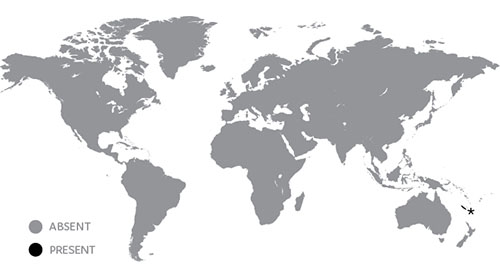
Similar species
Bactrocera psidii is similar to B. obliqua in possessing infuscation on crossveins and the scutellum yellow with a broad black triangular marking on dorsal surface.
It differs from this species in having the face fulvous with small pale spots in 75% of specimens, costal band narrow and not overlapping R2+3, r-m crossvein shorter than dm-cu crossvein, infuscation around crossveins very narrow and pale, legs entirely fulvous, lateral postsutural vittae elongated and ending before ia. setae; posterior lobe of male surstylus short; female with apex of aculeus needle shaped.
This species is unusual in having wing patterning very pale (including a mark along the r-m crossvein), scutellum marked with a large black triangle and the abdomen entirely dark (black or dark orange-brown) (Drew 1989; pers. comm. Drew 2010).
It may appear superficially similar to the cue-responsive B. frauenfeldi in north Queensland but differs in not having a distinct band on the wing, not having distinct medial line and lateral bands on the abdomen, having pale legs and pale ppn lobes. For potentially morphologically confounding species see Bactrocera frauenfeldi complex and similar species.
Other comments
In summer Bactrocera psidii develops high populations in rural and forest areas outside the urban habitats favoured by the introduced B. tryoni. It is unusual amongst the Dacini in mating during the day (Mille 2010).
Pest Status
- Exotic
- Bactrocera psidii is a major pest in New Caledonia
Attractant/Lure
Cue lure
